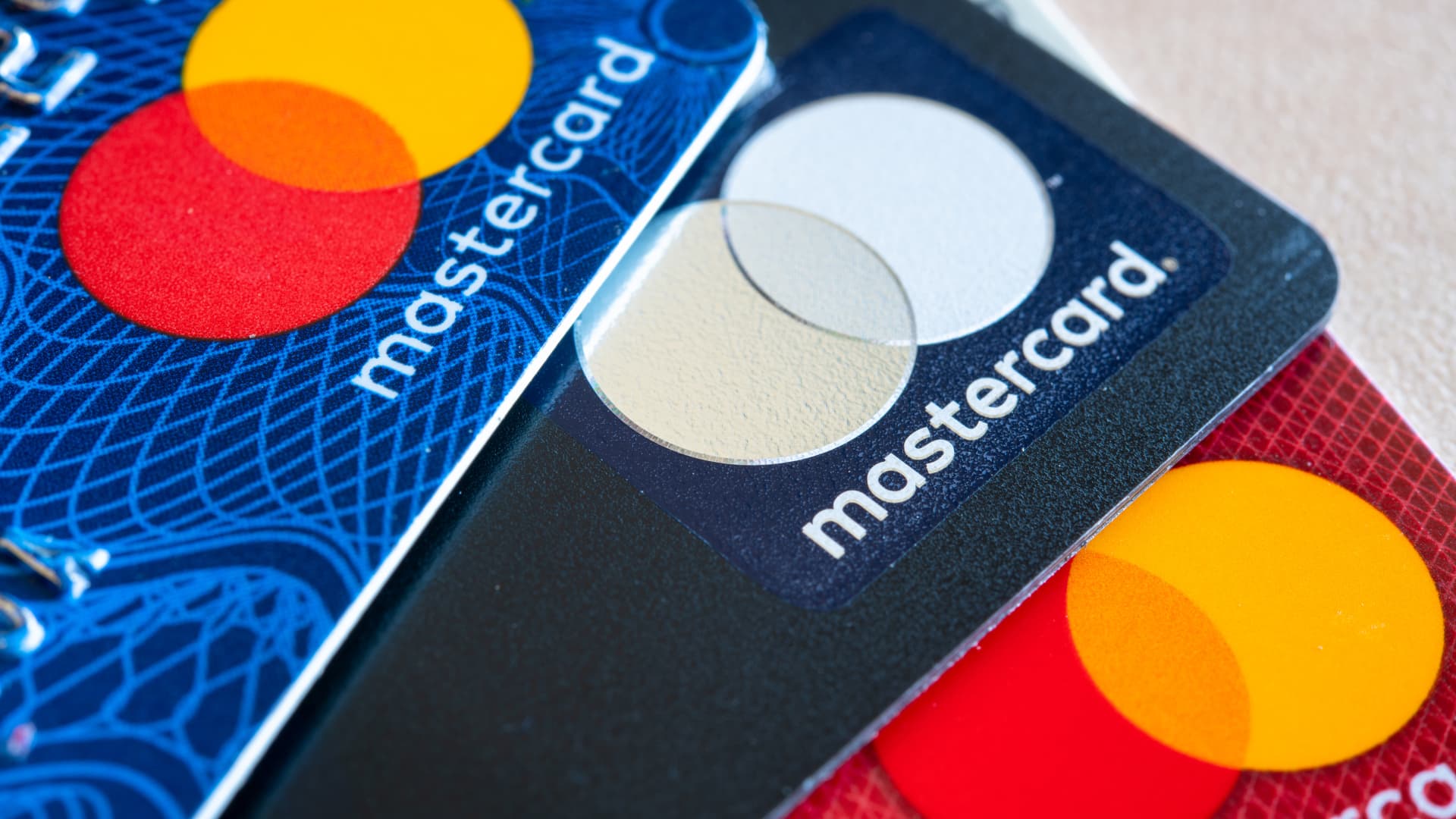Play all audios:
In this article * MA * GPX Follow your favorite stocksCREATE FREE ACCOUNT Apparel sales in the U.S. bounced back in a big way last month, powered by a surge in online purchases as consumers
altered their spending habits, Linda Kirkpatrick, president of Mastercard North America, told CNBC on Tuesday. "We've definitely seen a shift in the way consumers are spending
throughout the pandemic," Kirkpatrick said on "Power Lunch." "Almost three-quarters of all apparel purchases were made online in February, and this is up from 47% just a
year ago." Apparel sales overall declined 5.3% during the month, but e-commerce spending didn't miss a beat. Online clothing sales spiked 47% year over year, according to data from
Mastercard Economics Institute. February, the month of Valentine's Day, also saw overall spending on jewelry rise almost 6% from the year prior. Meanwhile, online jewelry sales jumped
63%, the company said. The increase in digital sales for the two categories came as retail sales as a whole in February rose 5% year over year, the company said. That's compared with
levels that preceded last year's economic shutdowns triggered by the coronavirus pandemic. The new data is an early sign that suggests more shoppers have adapted to buying clothes and
jewelry digitally, and Mastercard expects the trend to continue to take shape even as the economy reopens and more people venture outside the home, Kirkpatrick said. It's also a welcome
development for apparel makers after clothing sales suffered a 19% decline in 2020, based on research from The NPD Group, in the midst of business restrictions and social distancing
mandates put in place to combat the spread of Covid-19. Sweatpants and sleepwear sales did improve amid the pandemic as consumers sought more comfort wear for the home, but data suggests
that dress purchases could be on the rise as optimism grows about the economy reopening. The payments company reported a 9% drop in total revenues in 2020, according to FactSet. E-commerce
sales in February surged 54.7% when compared with the same month last year, the company found. While the shift to digital was in the making for years, that adoption accelerated in 2020, two
years ahead of schedule, the company said. Kirkpatrick said Mastercard believes there's more headway for growth in both e-commerce and contactless payment options in brick-and-mortar
locations. "Within the stores themselves, we've seen a clear shift to contactless payments," Kirkpatrick said. "What we're seeing right now is consumers are
embracing digital payments more rapidly than ever before," she said. "Consumers, you know, they've really built a digital commerce muscle that we believe is here to
stay." Shares of Mastercard closed up slightly after hitting a 52-week high Tuesday. _Correction: This story has been updated to reflect that Linda Kirkpatrick is president of
Mastercard North America._

